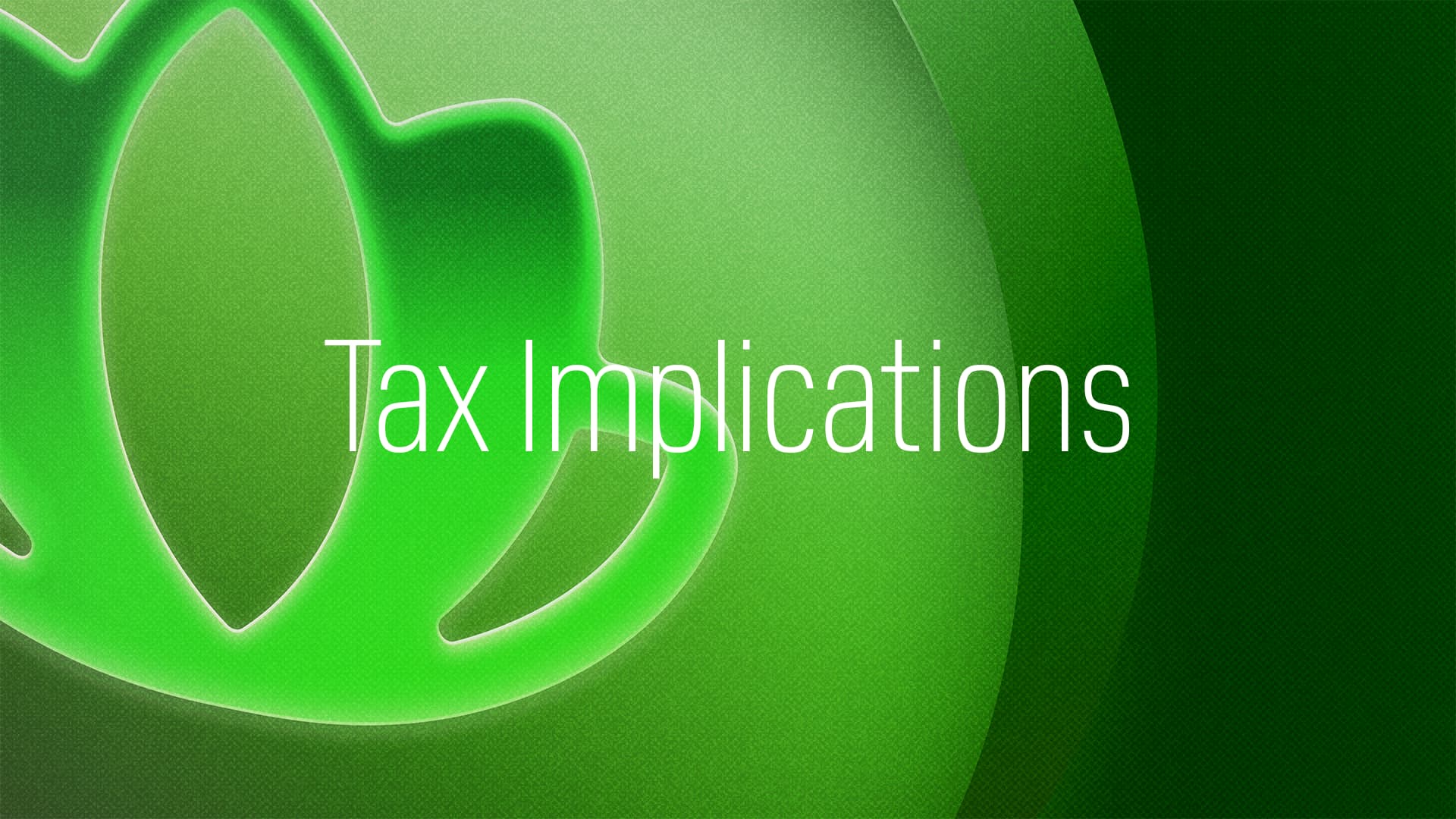Navigating the world of retirement savings, particularly when it involves a self-directed Individual Retirement Account (IRA), can be both exhilarating and daunting. Unlike traditional IRAs, a self-directed IRA offers the freedom to diversify your retirement portfolio into non-traditional investments, including cryptocurrencies, real estate, and more. Here’s a starter kit to get you going:
Your journey begins with selecting a financial institution that not only offers self-directed IRA services but also supports the type of investments you're aiming for. This choice is crucial, especially if you're looking to venture into the realm of cryptocurrencies or other specific assets.
With your provider selected, the next step is to officially open your account. This process will require filling out an application and providing necessary identification documents to comply with regulatory requirements.
Funding your self-directed IRA can be done by either transferring money from an existing retirement account or by making a new contribution. It’s essential to be mindful of the annual contribution limits and the potential tax implications of your transfer.
The allure of a self-directed IRA lies in its investment flexibility. While you’re allowed to invest in a broad array of assets, be aware that certain investments, like collectibles or life insurance, are off-limits.
Adhering to IRS regulations is paramount. Avoid prohibited transactions and ensure all investments are made with the retirement account's future benefit in mind, not for immediate personal gain.
An active approach is vital. Regularly review and adjust your investments to manage risk effectively and ensure your portfolio remains aligned with your retirement objectives.
Being aware of the various fees associated with your self-directed IRA is crucial for making informed investment decisions. These fees can significantly impact the overall growth of your retirement savings.
Embarking on the path of a self-directed IRA opens up a world of investment opportunities far beyond traditional stocks and bonds. With the right preparation, awareness of IRS regulations, and understanding of the associated costs, you can strategically navigate this journey towards achieving a diversified and potentially more lucrative retirement portfolio.



